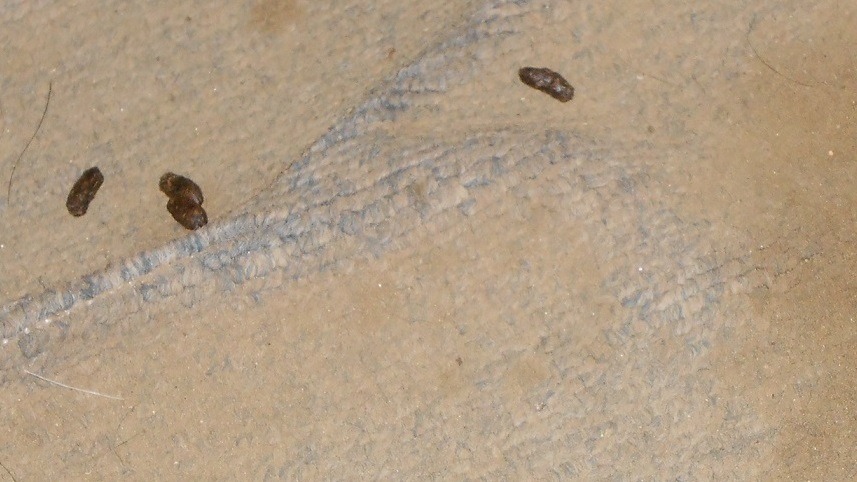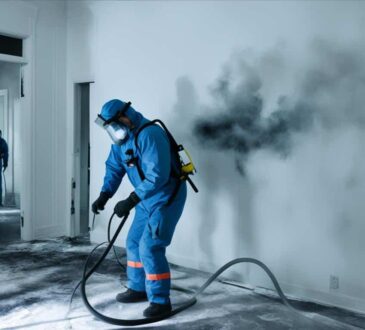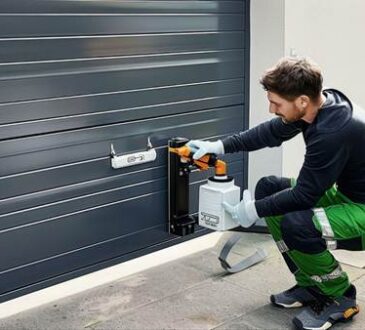
Rats are among the most persistent and troublesome pests homeowners can face. They chew wires, destroy insulation, contaminate food, and spread diseases. While poisons have traditionally been used to control rat populations, there’s a growing shift toward non-toxic, humane methods. The good news is yes—you absolutely can remove rats without using poison. In fact, it’s often safer, more effective, and better for your health and the environment. Here’s how.
The Hidden Risks of Poison-Based Rat Control
Rodenticides (rat poisons) may seem like a fast fix, but they come with major downsides:
- Delayed Death and Decomposition: Poisoned rats often die in hidden places—inside walls, attics, or under floors—creating horrendous odors and attracting secondary pests like flies and maggots.
- Non-Target Hazards: Pets, wildlife, and even children can accidentally ingest bait. Raptors and predators who consume poisoned rats may suffer secondary poisoning.
- Ineffective Long-Term: Poisons don’t stop new rats from entering your home. Unless entry points are sealed, you’ll deal with recurring infestations.
Because of these drawbacks, integrated pest management (IPM) methods that focus on exclusion and non-lethal trapping are becoming the preferred choice.
Step 1: Inspect and Identify
The first step in any successful rat removal plan is identifying where the rodents are entering and living. Rats are nocturnal, and signs of infestation include:
- Droppings (often near food or baseboards)
- Grease marks along walls
- Chewed wires, wood, or food packaging
- Noises in walls or ceilings at night
A thorough inspection of the home’s foundation, roofline, attic, and crawl spaces is essential. Look for holes or gaps larger than ½ inch—rats can squeeze through remarkably small openings.
Step 2: Seal All Entry Points
Exclusion is the cornerstone of poison-free rat control. Once the rodents’ access points are located, seal them using materials rats can’t chew through:
- Steel mesh or hardware cloth for vents and gaps
- Metal flashing for large holes in roofing or siding
- Concrete or caulk for small crevices in walls or baseboards
It’s crucial to complete this step before trapping, or you risk new rats entering while others are being removed.
Step 3: Use Humane and Strategic Trapping
Once your home is sealed, it’s time to trap the rats still inside. Snap traps, when used correctly, can offer a quick and humane kill. Other options include:
- Live-catch traps: These can be used to capture and release rats, but they must be checked frequently and released far from residential areas.
- Electronic traps: These deliver a quick, fatal shock and are reusable, mess-free, and poison-free.
Bait traps with attractive food like peanut butter, nuts, or dried fruit. Place them along known runways—near walls, in dark corners, or behind appliances.
Step 4: Clean and Sanitize
After trapping is complete, thoroughly clean all affected areas. Rat urine and droppings can carry harmful pathogens, including Hantavirus and Salmonella. Wear gloves and a respirator, and disinfect contaminated surfaces. Replace soiled insulation and air filters if rats have accessed HVAC systems.
Step 5: Monitor and Prevent Future Activity
To ensure the problem doesn’t return, install tamper-proof rodent monitoring stations around the perimeter of your home. Trim vegetation, remove clutter from around the foundation, and store food in sealed containers indoors. Regularly inspect for new gnaw marks or droppings.
For complex infestations or homes with difficult access points, professional services are often the best option. Experts in Capital Wildlife rat removal offer non-toxic strategies that combine exclusion, trapping, and sanitation to eliminate rodents safely and permanently.
Conclusion
Removing rats without using poison is not only possible—it’s often the best approach. By focusing on prevention, humane trapping, and thorough cleanup, homeowners can achieve long-term results without risking their health or harming the environment. Poison-free methods are safer for families, pets, and wildlife—and when in doubt, trained professionals can deliver fast, effective results without a single drop of toxic bait.




